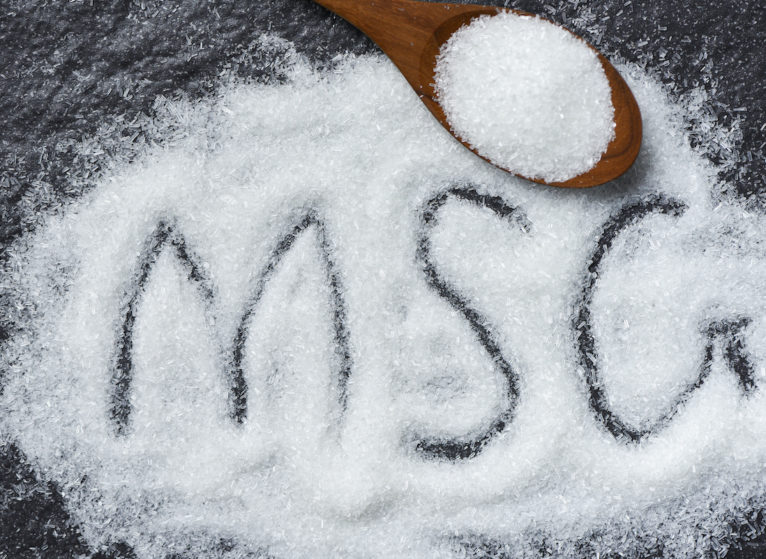For many people, MSG has long been a “four-letter word” associated with unhealthy foods and side effects like headaches and stomachaches. But does this food additive really deserve the bad rap? Clinical dietitian Katherine Basbaum sets the record straight.
What is MSG?
Basbaum: MSG stands for monosodium glutamate. It is a food additive or flavor enhancer that comes in a crystallized form like salt, and we use it during cooking. The basis of MSG is a protein or amino acid called glutamate, which occurs naturally in some foods like:
- Tomatoes
- Mushrooms
- Parmesan cheese
- Seaweed
- Nuts
- Legumes
In the 1900s, a Japanese scientist isolated glutamate from seaweed and manufactured it into a chemical to capture that savory flavor profile. It could then be added to other foods. The scientist named the flavor umami, which became the fifth taste, in addition to salty, sweet, bitter and sour.
Is monosodium glutamate bad for you?
Basbaum: We take in a fair amount of naturally occurring glutamate from the foods we eat. It’s perfectly safe to have up to 13 grams, approximately, of glutamate from whole foods. The body metabolizes it. But MSG is more manufactured and is often added to processed or fast foods.
Over the years, there have been numerous reports or complaints from people claiming they had side effects from foods that have MSG. Those include stomach upset, heart palpitations or headaches. In the 60s and 70s, some used the derogatory term “Chinese Restaurant Syndrome” because they believed that people experienced these side effects after eating Chinese food.
However, researchers have done numerous studies, and there’s been no concrete evidence that MSG causes these ill effects unless consumed in large quantities — 3 grams or more. Typically, an average food serving has 0.5 grams or less of MSG.
Because of this research, the U.S. Food and Drug Administration (FDA) classified MSG as GRAS or “generally recognized as safe.” Like sugar substitutes, if the average intake was really high, then the FDA wouldn’t allow it. But the amount we take in is so small compared to the amount that causes negative effects.
Which foods contain MSG?
Basbaum: Manufactured MSG is often found in pre-packaged and fast foods, such as:
- Chicken nuggets
- Canned soups
- Bottled and canned sauces
- Frozen foods
- Crackers
- Potato chips
- Sandwich meats
The FDA requires food manufacturers to list MSG on labels, so keep an eye out for glutamate or MSG.
Should you watch your MSG intake?
Basbaum: The short answer is yes. MSG is made up of sodium, water and glutamate. So when you’re tallying your sodium intake for the day, MSG is part of that equation. In fact, when you look at a food label, the total sodium count includes salt and MSG.
High Blood Pressure Got You Down?
Talk to the UVA Nutrition Counseling Center about helpful changes you can make to your diet
Sodium is a major contributor to various heart-related conditions, including high blood pressure, stroke, and heart disease. And Americans are consuming much more than the recommended amounts. (The American Heart Association recommends a maximum of around 2,300 mg, or one teaspoon per day.)
This excess sodium doesn’t come from the salt shaker. It comes from the hidden sodium in fast foods and processed foods.
If you’re looking to cut back on your sodium intake, your best bet is to stick to foods you make yourself. And you might even consider MSG as a substitute for salt. It has around 800 mg of sodium per teaspoon compared to 2,300 mg in a teaspoon of salt. So it may be a better flavoring alternative because you get more bang for your buck.


Doesn’t MSG also effect the blood sugar causing it to rise. It also is irritable to the bladder, if you have a sensitive bladder.